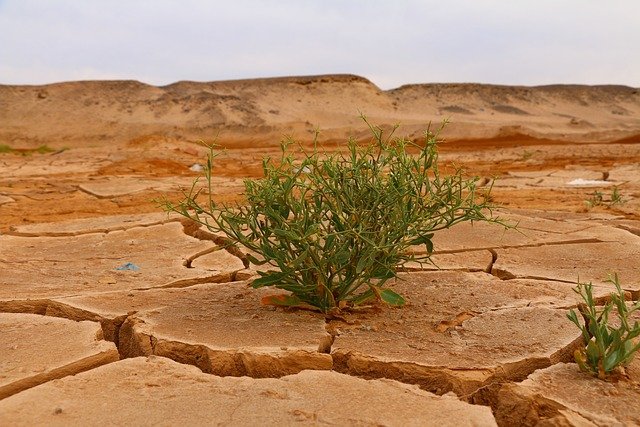80% of India’s marginal farmers affected by unfavorable climate occurrences: Report
According to a report released on Tuesday, adverse climatic events have resulted in crop losses for 80% of India’s marginal farmers over the last five years. The Forum of Enterprises for Equitable Development (FEED), in collaboration with the Development Intelligence Unit (DIU), surveyed 6,615 farmers from 21 states.
According to the findings, the primary causes of crop damage were drought (41%), irregular rainfall, including excessive or non-seasonal rains (32%), and early monsoon withdrawal or late arrival (24%).
According to the survey, nearly 43% of farmers lost at least half of their standing crops. Rice, vegetables, and pulses were especially affected by the uneven rainfall. In the northern states, paddy fields are frequently submerged for more than a week, killing newly planted seedlings.
Also Read | Climate change a major challenge for farmers in eight countries: survey
In contrast, in states such as Maharashtra, Telangana, Andhra Pradesh, Chhattisgarh, Bihar, and West Bengal, low rainfall has slowed the planting of various crops such as rice, corn, cotton, soybeans, groundnuts, and pulses.
However, the report does not account for the impact of temperature variability. In 2022, an early onslaught of heat waves impacted India’s wheat crop, reducing production to 107.7 million tonnes from 109.59 million tonnes in 2021. This prompted the country, the world’s second-largest wheat producer, to prohibit exports.
The heat impacted wheat output again in 2023, reducing the official target by nearly 3 million tonnes. According to the 2021 Climate Transparency Report, temperature increases of 1 to 4 degrees Celsius could reduce rice production by 10 to 30% and maize production by 25 to 70%, respectively.
Marginal farmers, those who own less than one hectare of land, make up the largest segment of India’s agricultural sector, accounting for 68.5% of all farmers but only 24% of crop area.
“Climate change is no longer some distant threat. It is here and now. The unprecedented summer heat in the NCR and across India this year is a clear sign of the crisis. Creating an adaptation strategy is not optional, but rather necessary. “We need to promote climate-resilient agricultural practices, diversify livelihoods, and improve access to financial services and technical advice,” stated FEED Chairperson Sanjeev Chopra.
Also Read | Hundreds of women farmers adopted climate-resilient farming
The report found significant gaps in support systems for marginal farmers. Although 83% of them are covered by the PM Kisan Samman Nidhi scheme, only 35% have access to crop insurance, and only 25% receive timely financial assistance.
The survey also discovered that two-thirds of marginal farmers affected by extreme weather events have adopted climate-resilient agricultural practices, such as changes in sowing time and methods, crop duration, water and disease management strategies.


















Add Comment